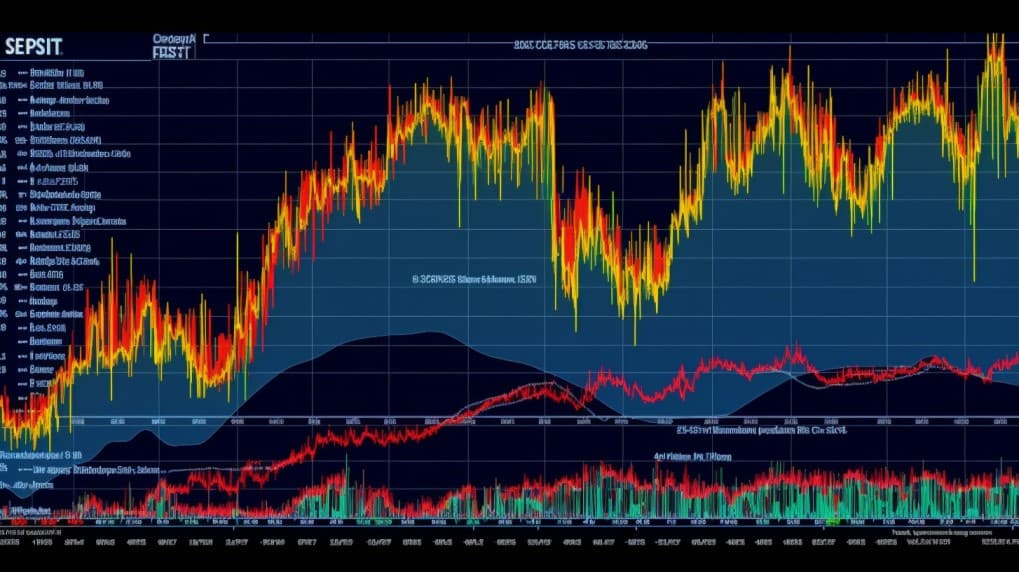
FXC VS FXE
In the vast world of financial markets, exchange-traded funds (ETFs) stand as a popular investment vehicle for both newbies and seasoned professionals. Two of the more debated ETFs, especially in the realm of currency, are the FXC and the FXE. This article aims to provide an in-depth comparison of these two giants, detailing their sectors, top holdings, capitalization strategies, and how they track and expose their assets.
FXC VS FXE
FXC, or the Invesco CurrencyShares Canadian Dollar Trust, primarily reflects the Canadian dollar's value. It's an excellent option for those looking to invest in or hedge against the Canadian currency.
On the other hand, FXE, the Invesco CurrencyShares Euro Trust, mirrors the performance of the Euro. Like its counterpart, it provides an opportunity for investors to gain exposure to the European currency without having to deal directly with the foreign exchange market.
Both these ETFs give investors a chance to dip their toes in the world of currency trading without the complexity of the forex markets.
FXC VS FXE
Both FXC and FXE are not like typical ETFs that invest in stocks or bonds across different sectors. Instead, they hold the currency in deposit accounts, meaning their primary "sector" is the banking world.
For FXC, the top holding is, of course, the Canadian dollar, while FXE's most significant holding is the Euro. The performances of these ETFs are directly influenced by the economic situations of Canada and the Eurozone respectively. It's essential to understand the macroeconomic environment of these regions if you plan on investing in either of these ETFs.
 FXC overlap FXC VS FXE
FXC overlap FXC VS FXE
FXC VS FXE: Capitalization strategy
The capitalization strategy of both these ETFs is relatively straightforward since they don't deal with companies' stocks. Instead, their capitalization is determined by the amount of currency they hold and the prevailing exchange rate.
However, their valuation can be influenced by factors such as interest rates in their respective regions, trade balances, economic growth, and geopolitical events. For instance, if the Bank of Canada raises interest rates, FXC might see an appreciation in value as higher rates can attract foreign capital.
FXC VS FXE: Tracking and Exposure
When it comes to tracking and exposure, it's vital to note that both FXC and FXE aim to track the value of their respective currencies closely. They offer a straightforward way to gain exposure to the Canadian Dollar and Euro without dealing with the forex market.
However, potential investors should be aware of the inherent risks involved. Currency values can be highly volatile, impacted by a range of economic, political, and even psychological factors. While these ETFs can serve as effective hedging tools against currency fluctuations, they can also be vulnerable to sudden and sharp movements in currency values.
Conclusion
The FXC VS FXE debate does not have a clear winner as the best choice largely depends on an investor's specific needs and understanding of the respective economies. If you believe that the Canadian economy will outperform the Eurozone, then FXC might be a better choice and vice versa for FXE.
Regardless of the choice, it's paramount to remember that investing in currency ETFs requires an understanding of global macroeconomic trends, as well as the specific factors influencing the Canadian and European economies.
Always consult with a financial advisor and do your research before making investment decisions.
Sources:
- Invesco CurrencyShares Canadian Dollar Trust Overview.
- Invesco CurrencyShares Euro Trust Overview.
- The World Bank: Economic data and indicators for Canada and the Eurozone.
- The Bank of Canada and European Central Bank's official statements and interest rate decisions.
FXC ETF issuer
FXC ETF official page